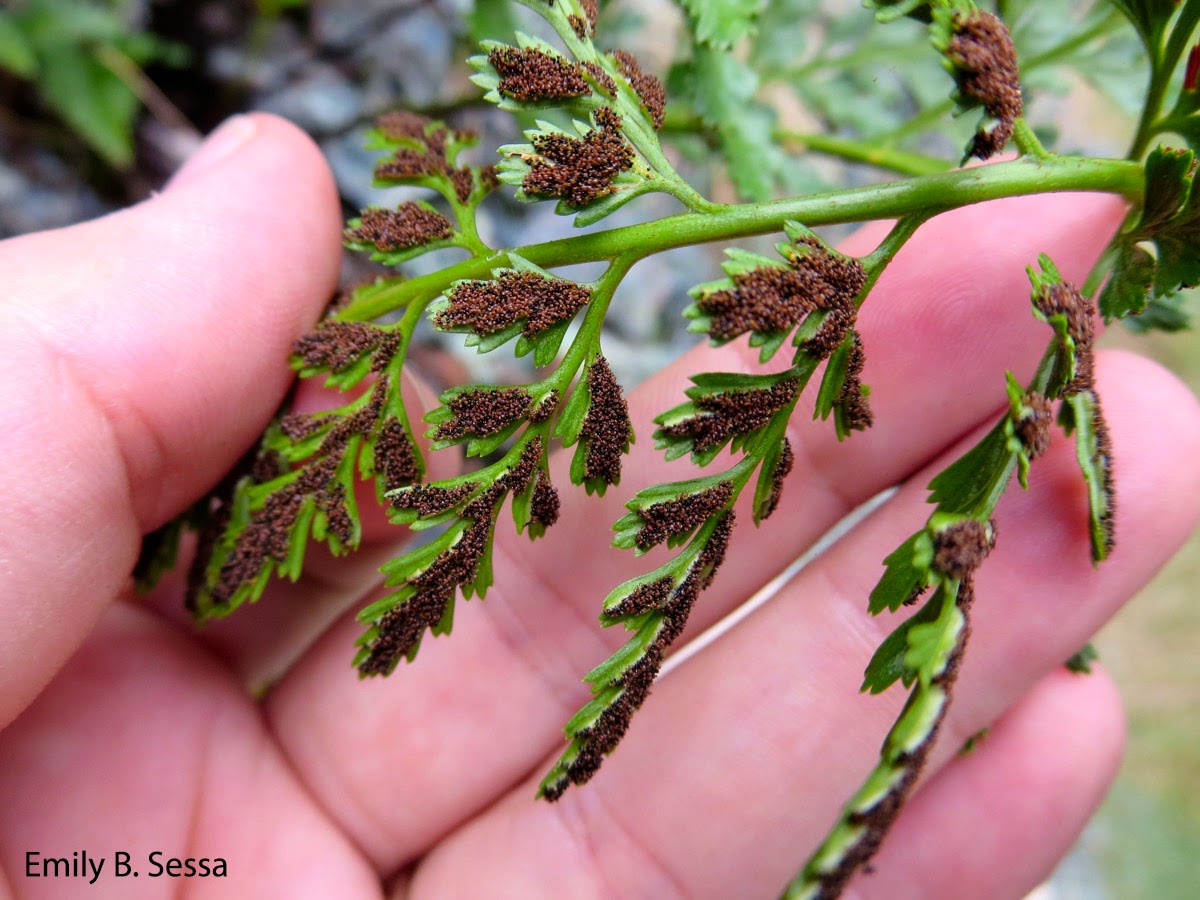I just returned from a month-long fern collecting trip through most of central Europe; it was fantastic and I brought back ~500 samples, both newly collected from the field and material sampled from herbarium specimens. All of these samples, which are from various
Dryopteris and
Asplenium species, will have DNA extracted, and then be included in sequencing projects to determine phylogenetic relationships in the two genera, the focus of a big project in my lab. I'll post pictures from the whole trip over the next few weeks. The itinerary included stops in the Netherlands, Paris, Turin and Sestri Levante in Italy, Ceske Budejovice in the southwestern Czech Republic, Bonn, Ghent, and Madrid.
We started the trip by spending a week in the Netherlands, based in Leiden. We visited the exceptional herbarium collections at the
Naturalis Biodiversity Center, which houses collections from universities all over the Netherlands. Looking out over the collections from the second floor was like being in the warehouse at the end of Raiders of the Lost Ark:
In addition to sampling from material at the herbarium, we went on several field trips to collect fresh material from the field. Our host,
Peter Hovenkamp, brought us to several beautiful sites in the northern part of the country, and we found a number of
Dryopteris species, several of which are endemic to Europe and that I had never seen before.
 |
| Our collecting team: Arjen de Groot, my husband/field assistant, me, Aino Juslén, Peter Hovenkamp |
 |
| Finding our first big Dryopteris affinis! |
Dryopteris dilatata:
Dryopteris affinis:
Polystichum setiferum:
Some beautiful sori on several fertile species:
 |
| Dryopteris dilatata |
 |
| Dryopteris affinis |
 |
| Left: D. filix-mas, right: D. affinis. The indusium margins are a good way to tell them apart. |
Stream with
Dryopteris affinis:
Asplenium scolopendrium:
Dryopteris cristata:


































































